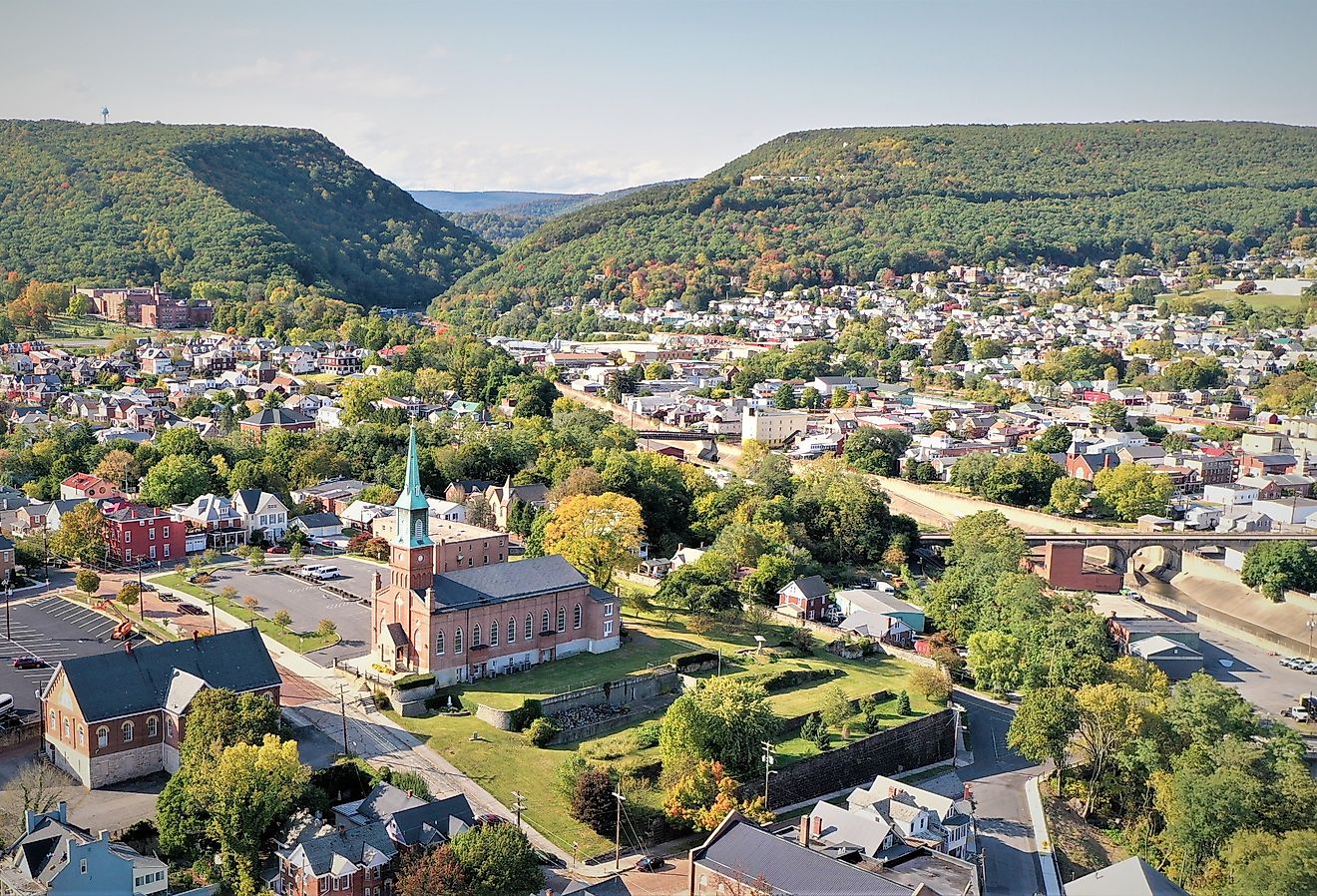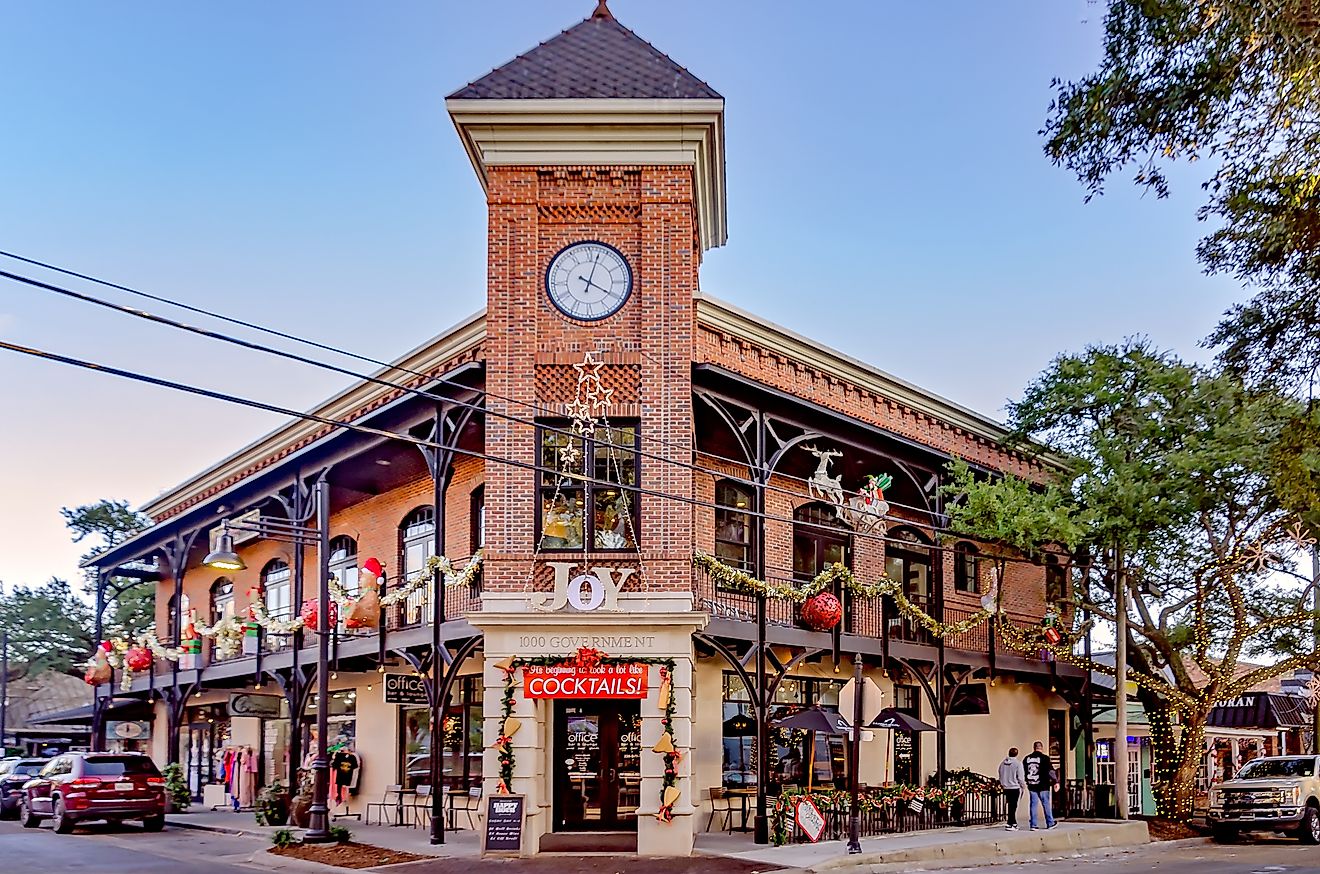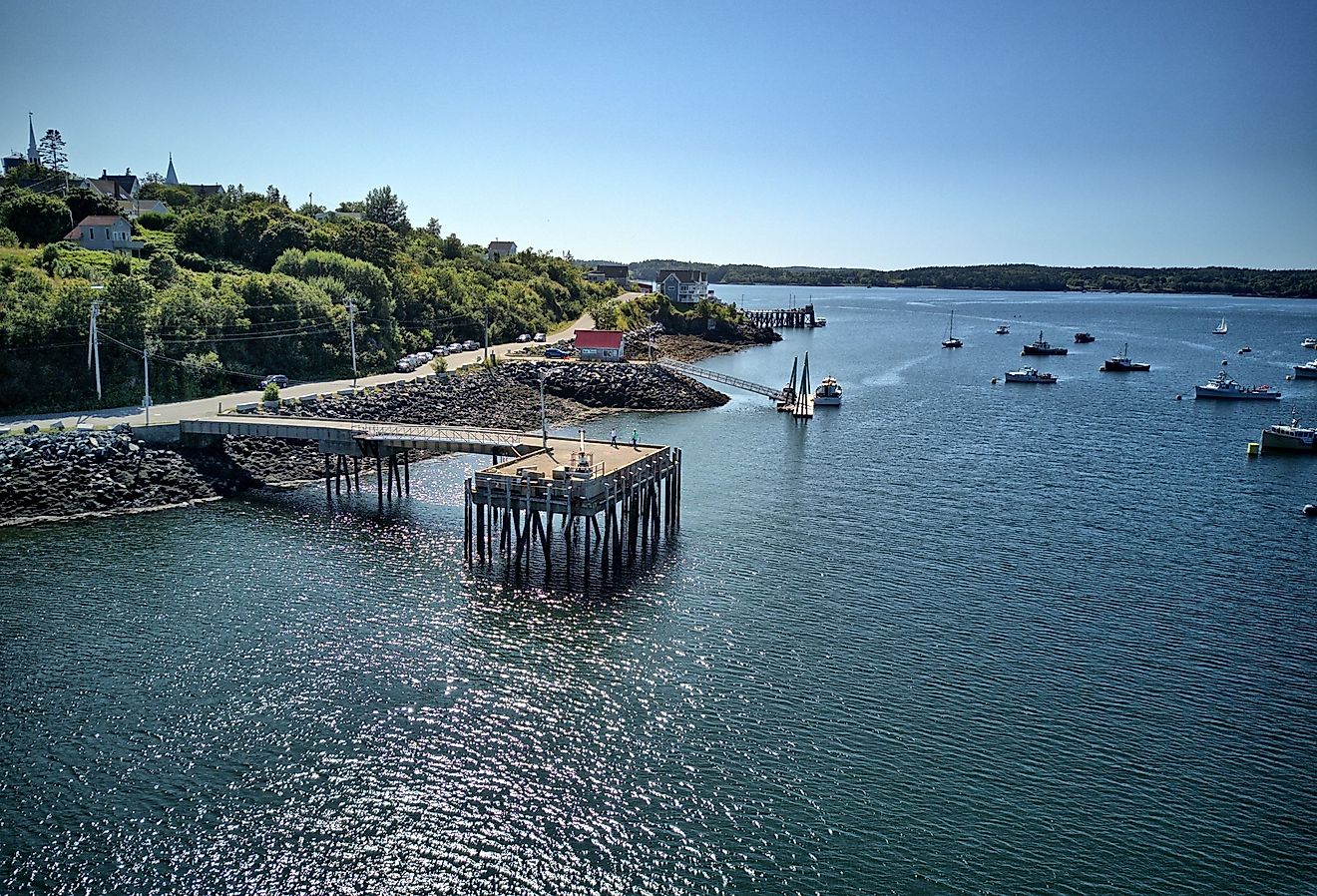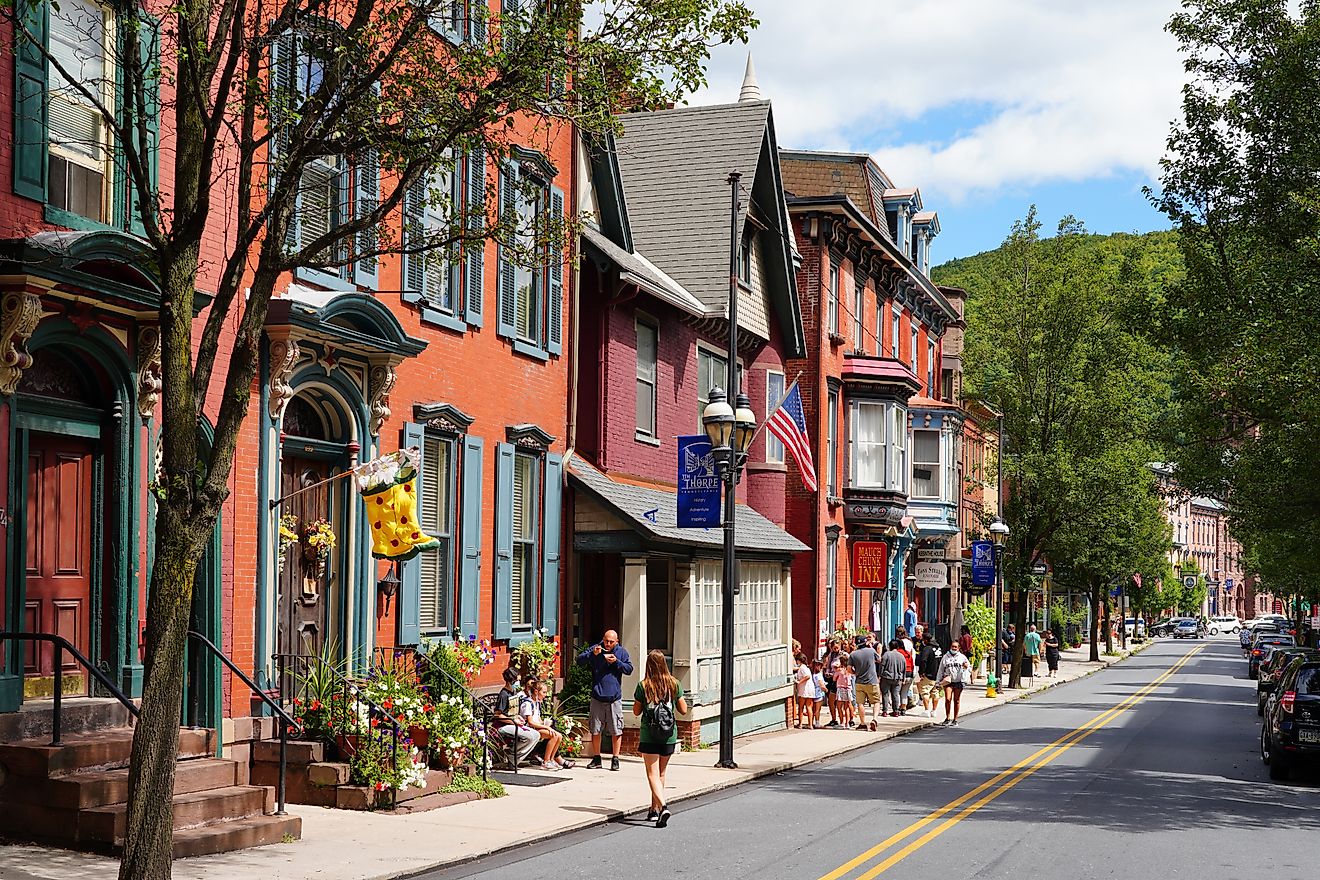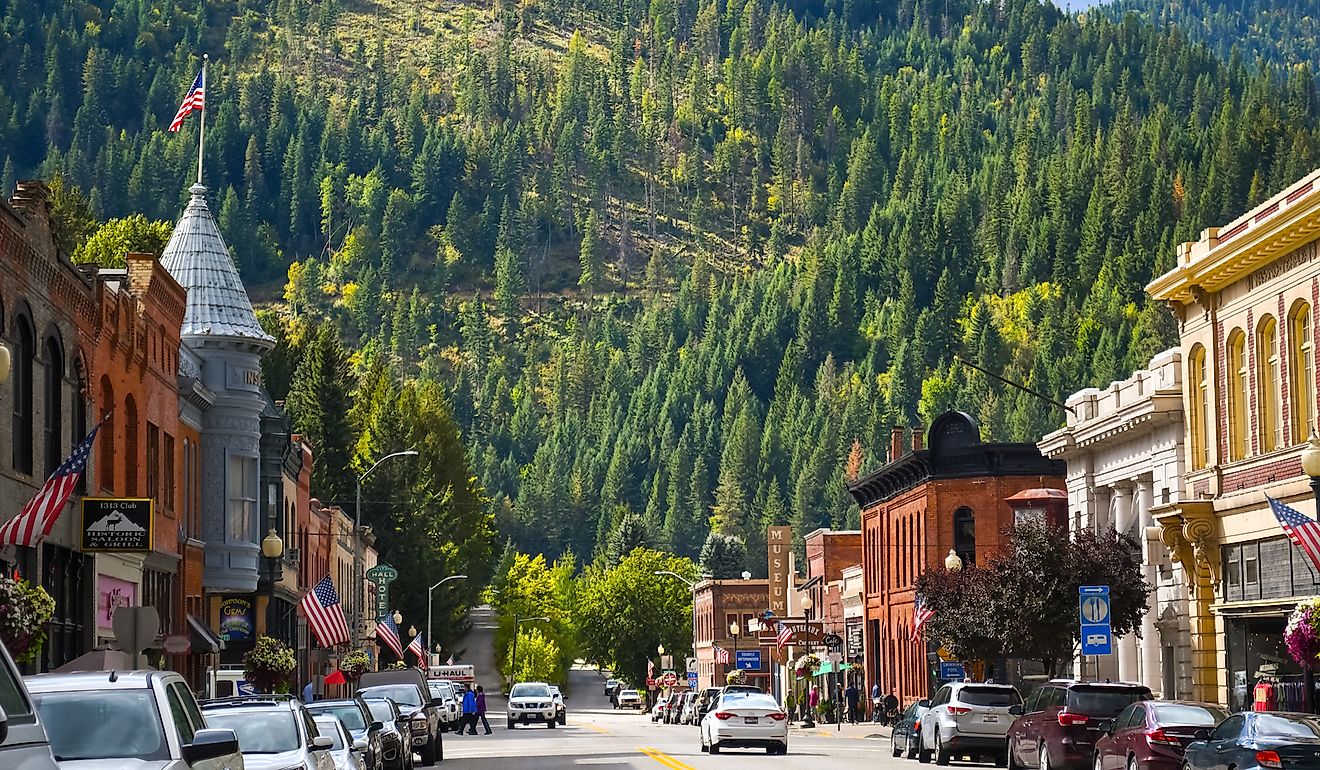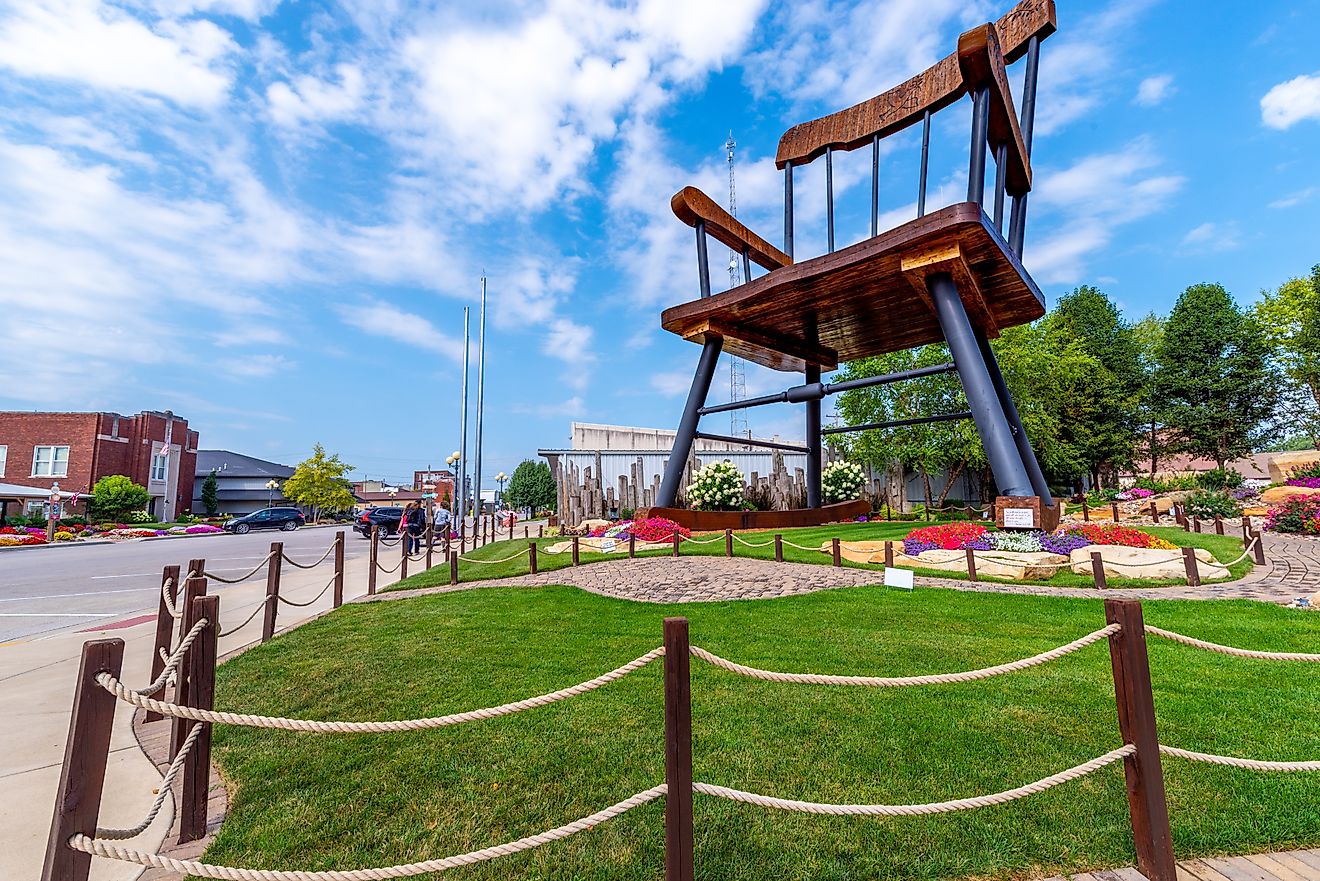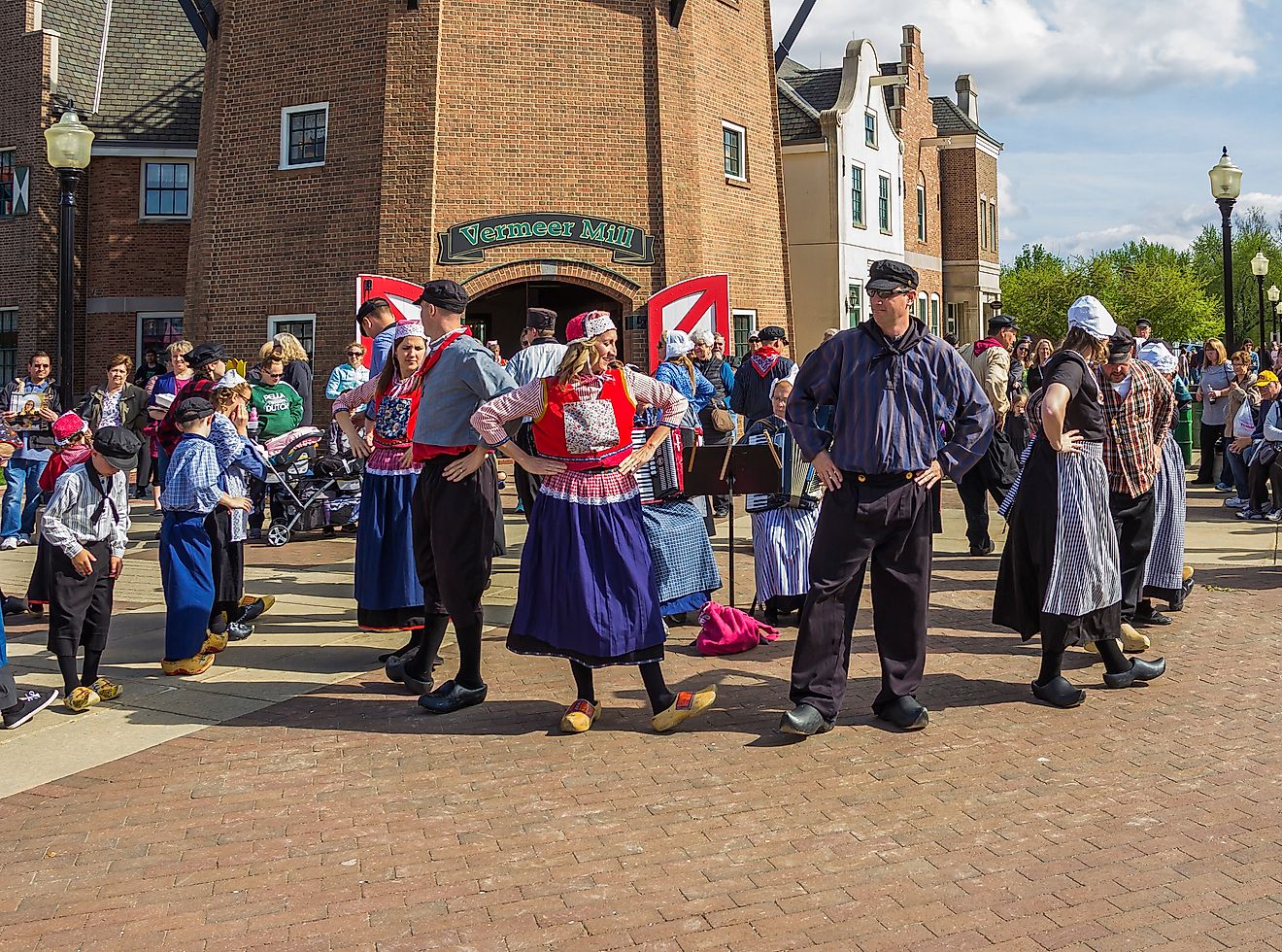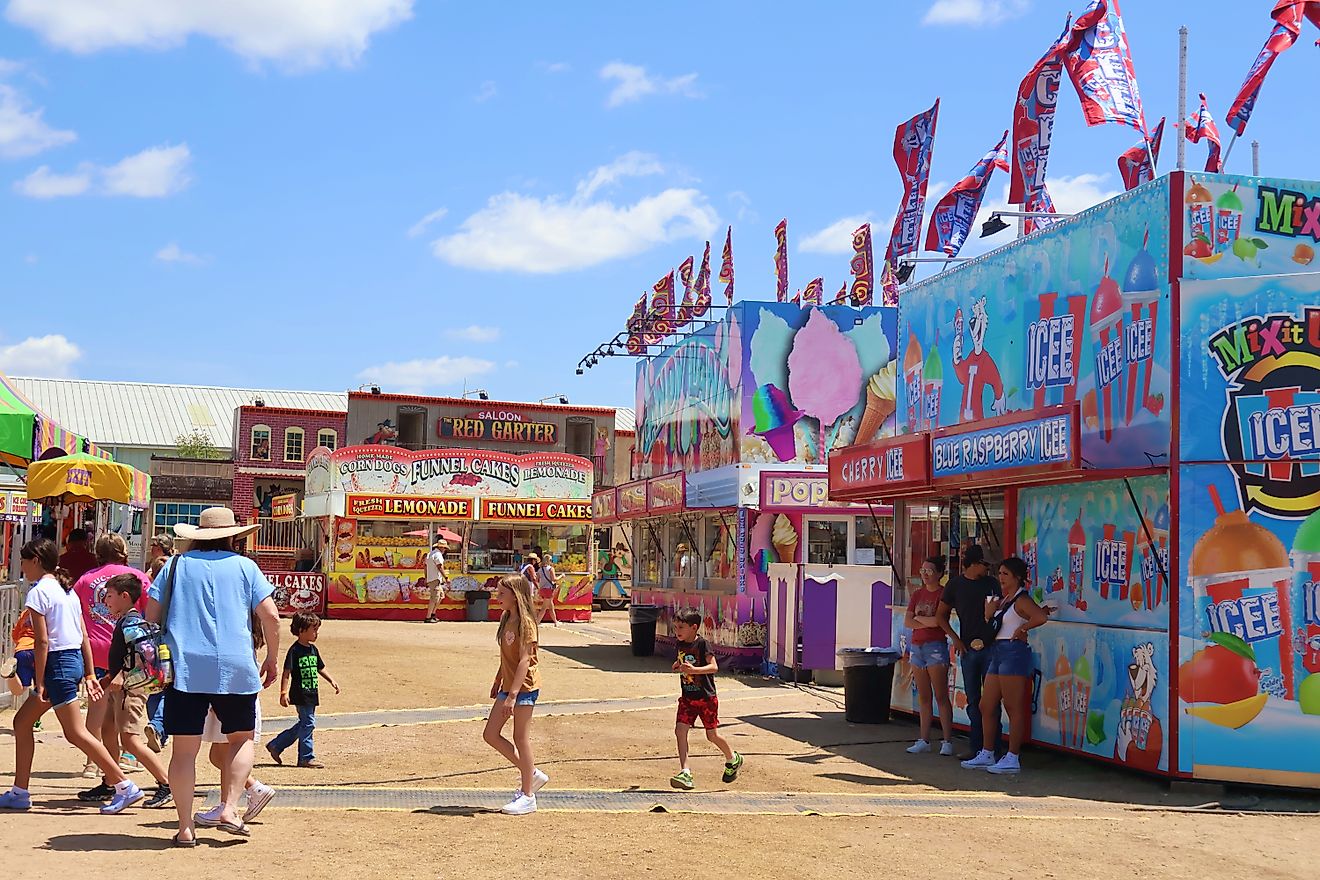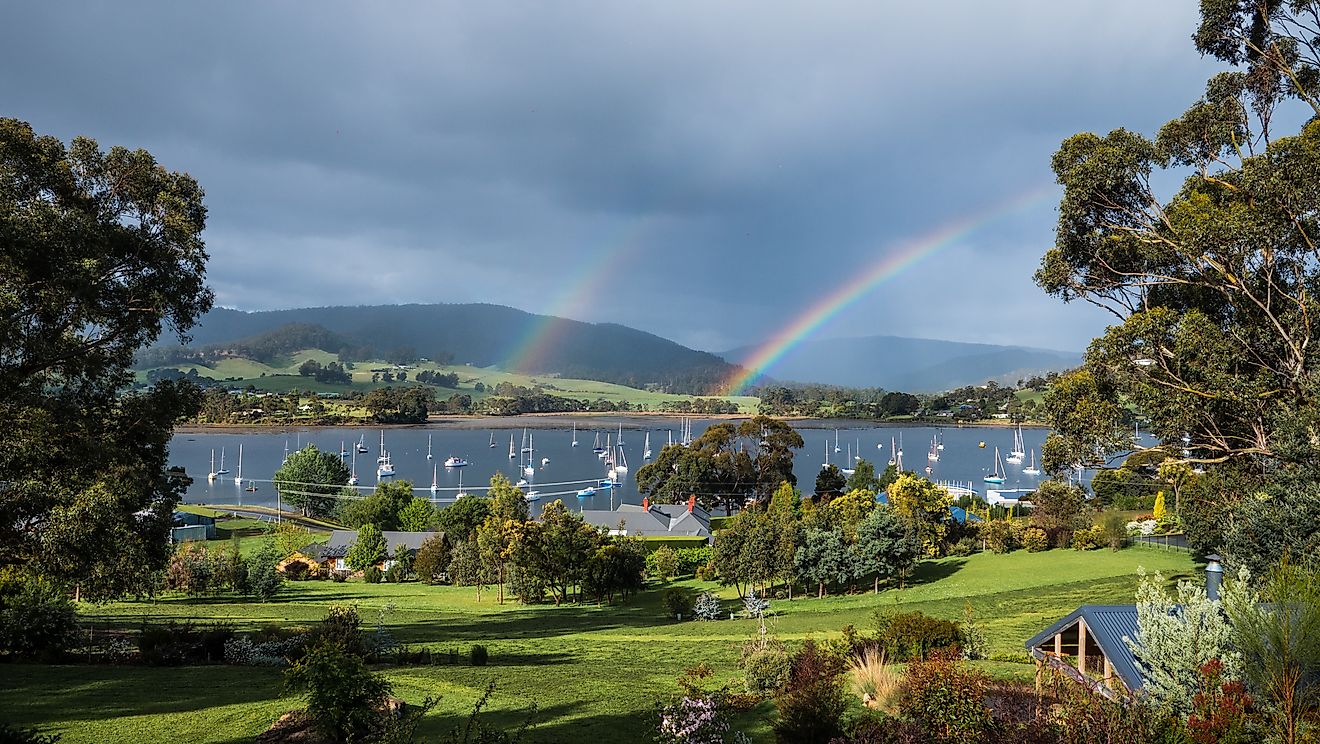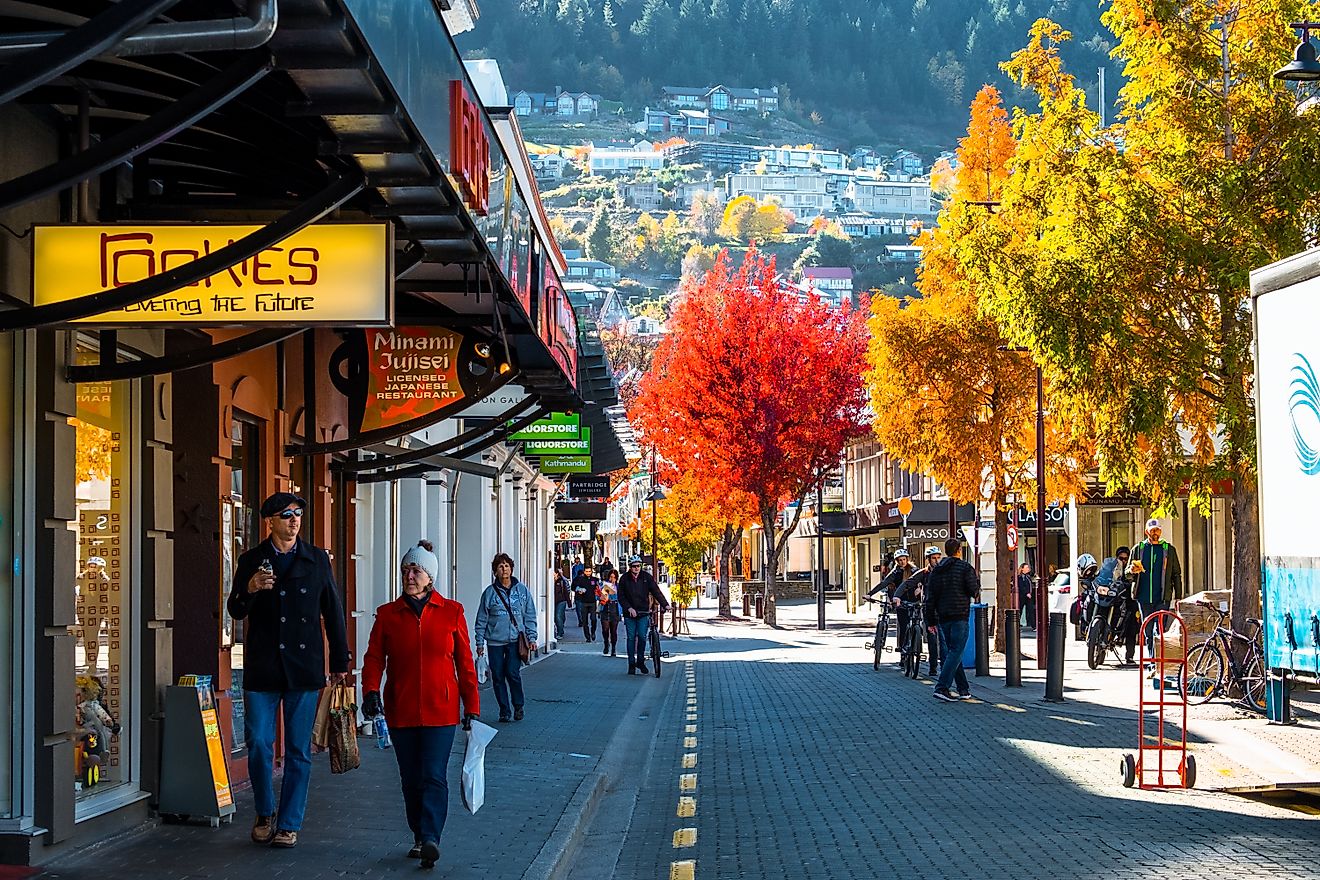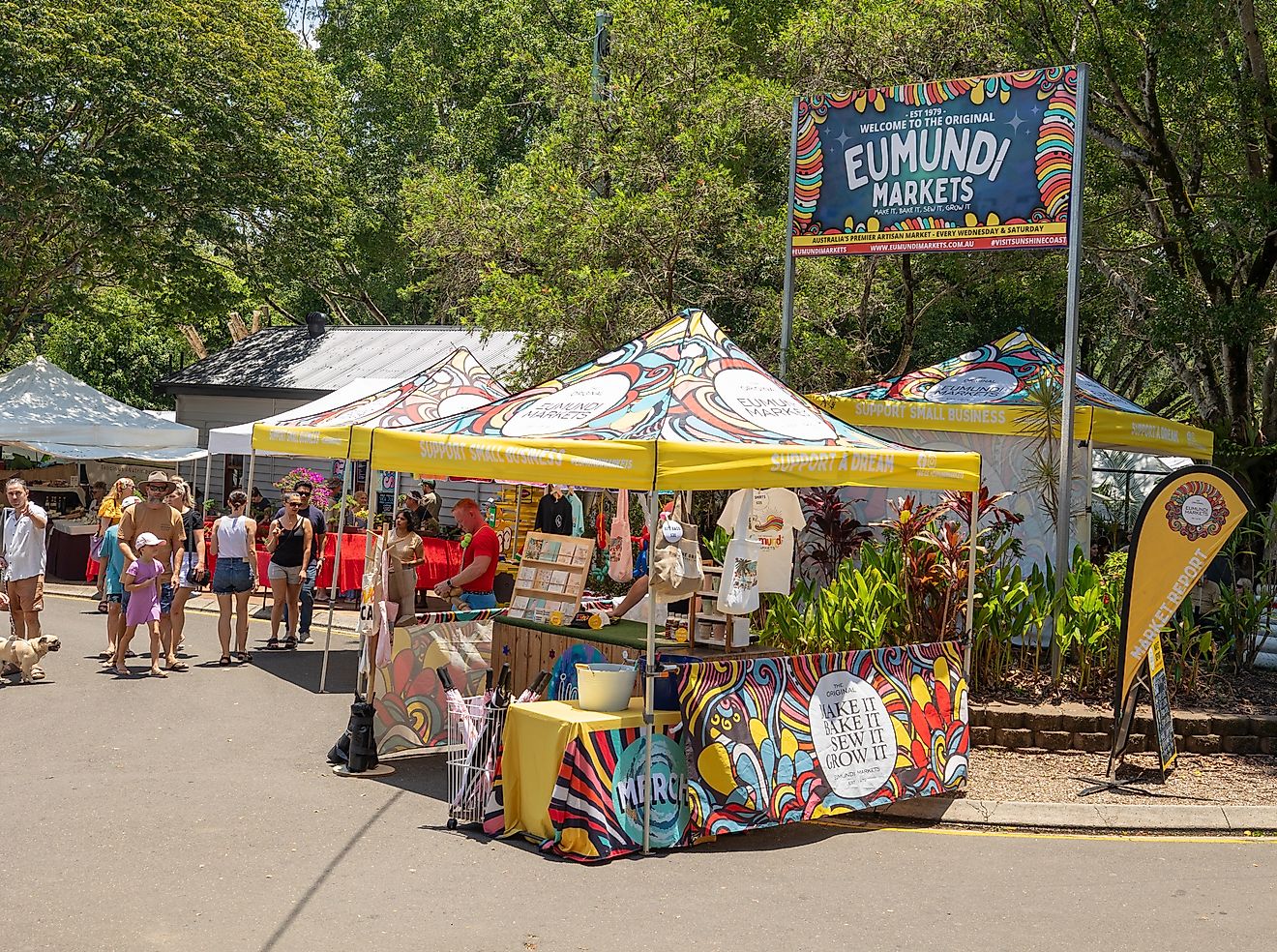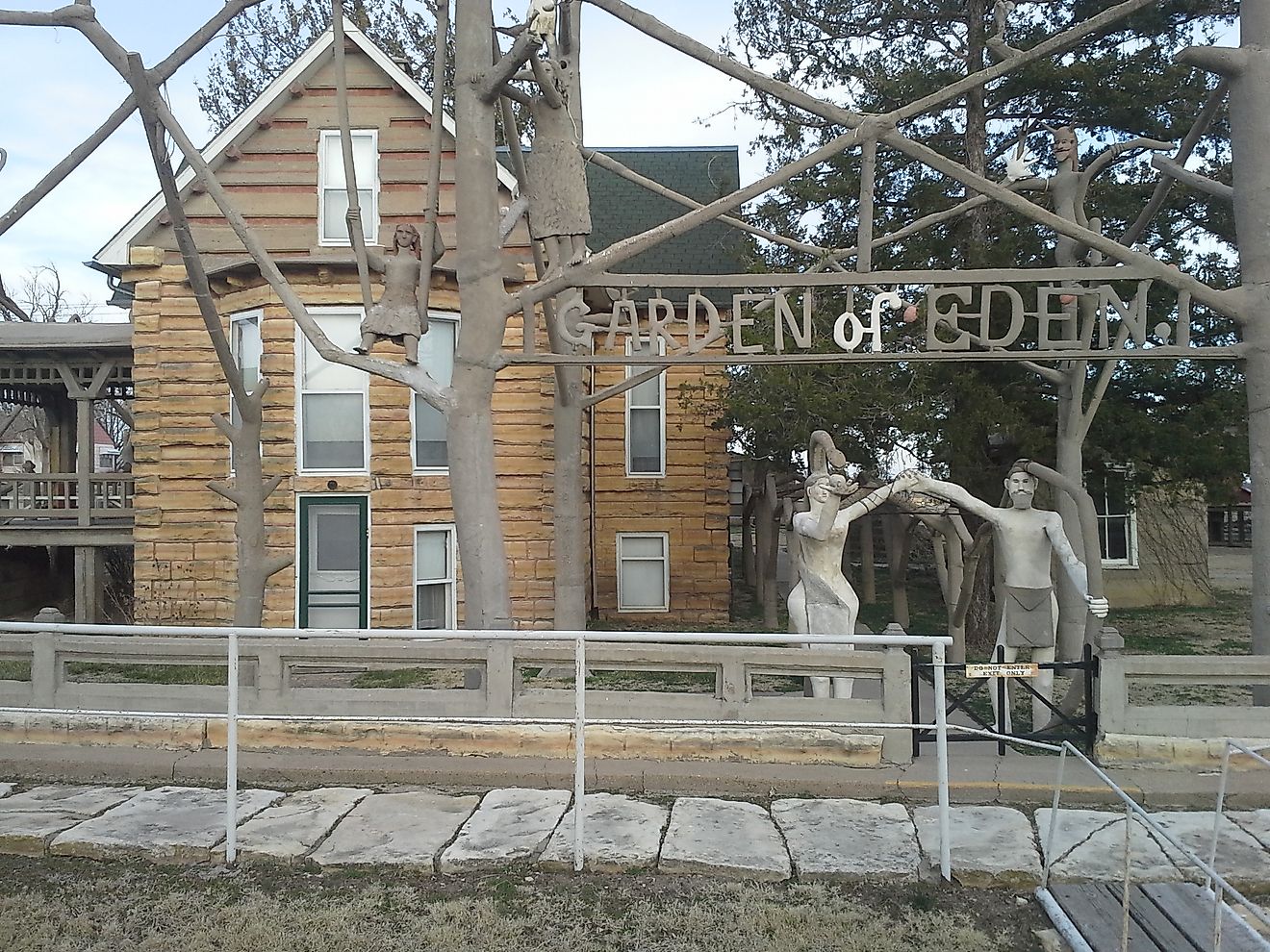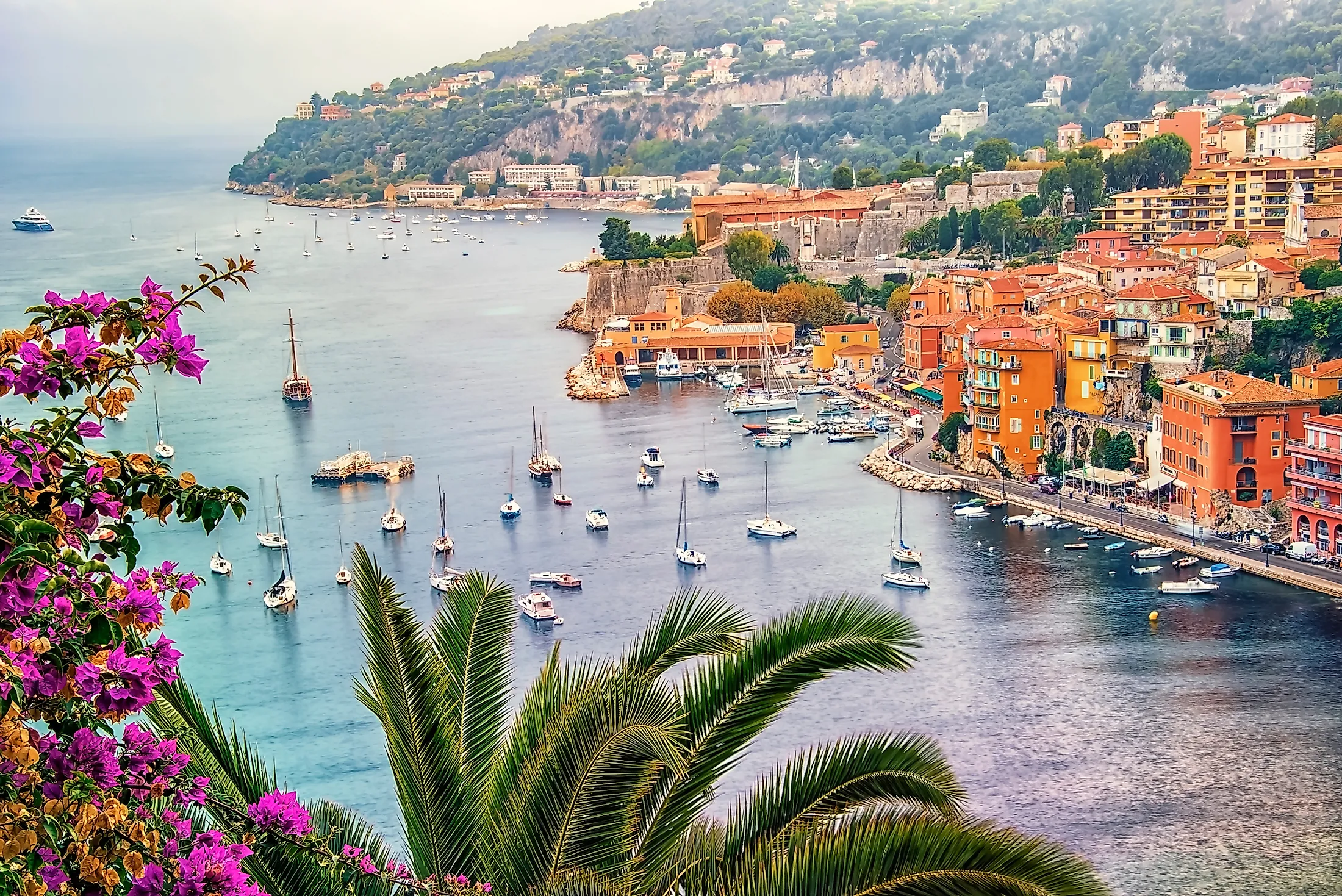
The 12 Most Beautiful Towns In France
Known for the Eiffel Tower, Louvre, and Notre Dame the most, France is also a country of vast fields, rocky cliffs, unbelievable waterscapes, and beautiful towns. One's French dreams will come true in these twelve simultaneously charming, colorful, raw, and authentic towns of France.
Èze, Provence-Alpes-Côte d'Azur
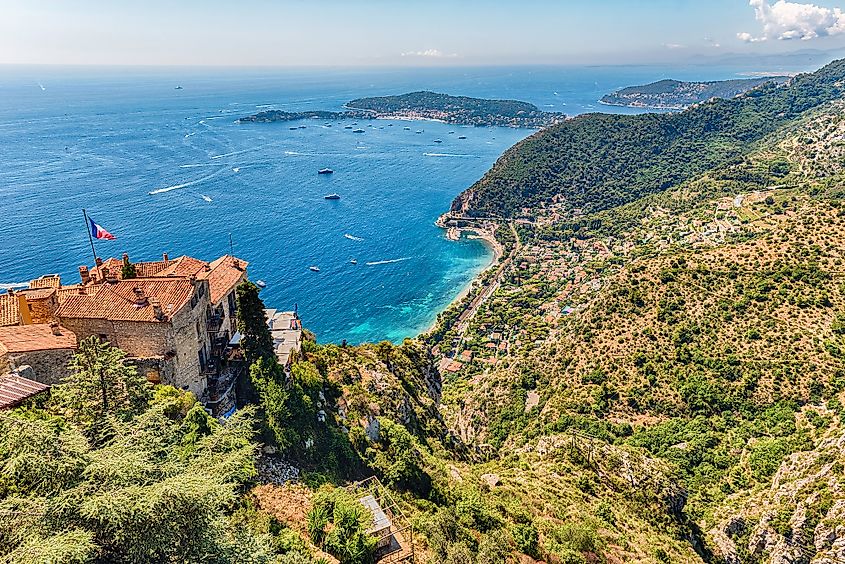
One of the most popular small villages on the French Riviera in France, Èze is visited for its medieval castle lording over the Mediterranean Sea and the beaches. Bypassing Nice and Cannes, illuminating their own grand charm, the incredibly scenic drive to the village takes one to the rocky hillside location, 1,400 feet above the sea. The dizzying, atmospheric hike to the town's summit up the narrow cobbled streets to the castle is worth the unmatched views from the top, over and into the endless depths of the Mediterranean. The marvelous Alcatraz itself also comes with a pretty cactus garden. As part of the subdued Riviera experience, one must visit the old church with an ancient Egyptian cross from the Phoenician temple once there, while the impressions can be discussed over a meal at the Arnaud Faye-owned La Chèvre d'Or restaurant with two Michelin stars.
Auvillar, Tarn-et-Garonne
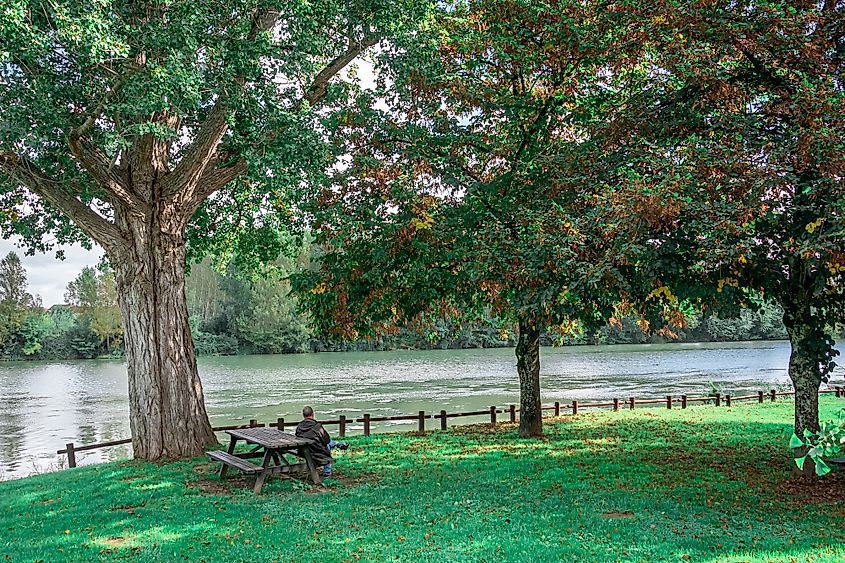
On the Camino de Santiago on the banks of the Garonne, Auvillar is a quintessential little town that still holds onto its religious and trading history. Its round, covered market on the triangular center square since 1824 is the only one of its kind in southwest France, where one can watch fleets of locals and tourists gathering to its Sunday-spread like ants to a honeyed teaspoon on a windowsill. The village is flanked by half-timbered and red-brick mansions behind a wall containing a distinctive clock tower with a small museum fortified into the stone above the main entrance. A port in the past, there's a chapel up the river-bend dedicated to the mariners' patron, Saint Catherine, with wonderful frescoes. The Saint-Pierre church with a baroque altar served as a Benedictine priory in the past. There are great views over the Garonne from a grassy plateau once topped by a castle, while the Cosy Le Petit Palais with outdoor tables and home-cooked food comprises an atmospheric dining experience,
Bayeux, Normandy
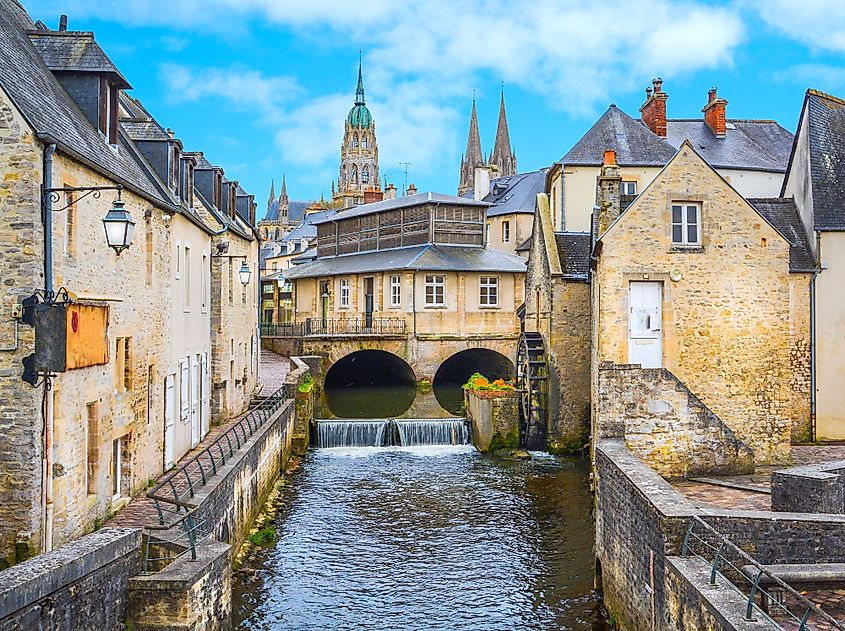
Hugging the shores of France, Normandy's Bayeux is an epicenter of historical war activity that played a sizeable role as the site of the Norman invasion in 1066 and for WWII's D-Day landings in 1944. The millennia-old, extensive embroidery, the Bayeux Tapestry, is proudly showcased at the Bayeux Tapestry Museum as an exceptionally preserved depiction of William the Conqueror's 1066 invasion. The 11th-century tapestry was sawn by William's queen, Matilda, and her court shortly after the event. Seized by the Nazis during WWII, they stored it in Louvre, having commanded the old museum at the time as a clearinghouse for art theft. Bayeux was the first town liberated by the Allies following the D-day landings on Normandy beach, and upon German defeat, the tapestry was returned to the town. Bayeux's appeal lies in its mix of classic architecture, such as the Norman-Gothic Bayeux Cathedral lording the skyline and contemporarily somber and minimalist World War II cemetery.
Gordes, Provence-Alpes-Côte d'Azur
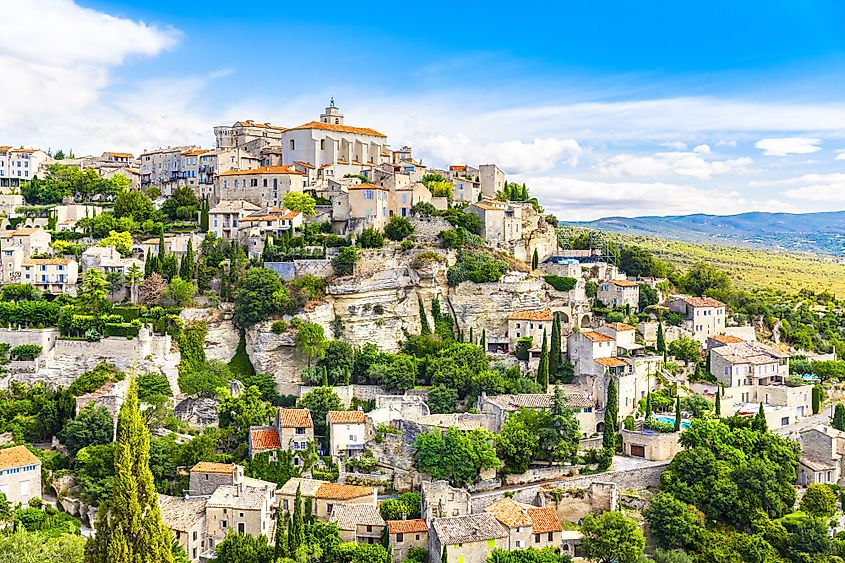
Located in Provence on a hilltop in the Monts de Vaucluse, the charming Gordes is particularly known for the famous works of art by painters like André Lhote, Chagall, and Vasarely. Here, there are holm oaks, wheat fields, and vines zooming out from the narrow cobbled streets lined with white stone houses sitting on a lush, green mountainside. There are the Cistercian-style 12th-century Abbaye de Sénanque, the Moulin des Bouillons ancient olive oil mill, the stained-glass Musée du Vitrail, and the Bories village-museum of drystone dwellings. The spectacular scenery from the elevated location has inspired many while watching the sunset and seeking out the lavender fields around below. The 16th-century castle of Gordes has hosted artwork exhibitions by artists who lived in Eze over the years. There are mountain biking and hiking trails in Luberon national park for more modern recreational activities and summertime festivals and concerts.
Montrésor, Loire Valley
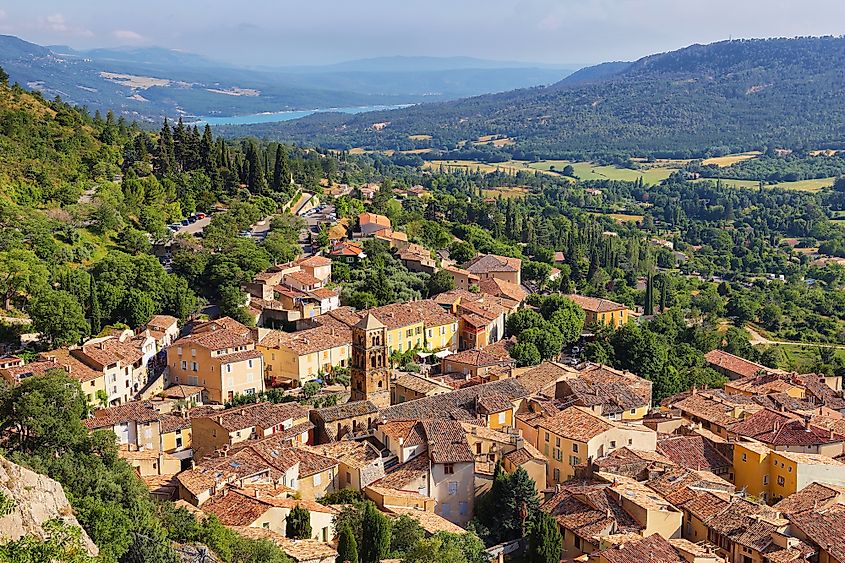
Perched on a riverbank, Montrésor is a historically-rich town surrounded by magic. The remains of an 11th-century fortress, and the impressive Renaissance castle, restored in 1849 by a Polish count and friend of Napoleon III, Xavier Branicki, emanate fairy-tale vibes. The castle is filled with sculptures by Pierre Vaneau, among Italian Renaissance and Dutch paintings, while an Annunciation by Philippe de Champaigne (1602–1674) is housed in the church of Saint-Jean-Baptiste. One of the streets carries the name of Branicki, with houses partly cut into the rock behind for a raw, wholesome look of the town. The Halle de Cardeux is a repurposed wool market turned into a cultural center with exhibition space, while the town hall is housed in the 16th-century Logis du Chancelier with a watchtower. The Jardinier Bridge, built by the Gustav Eiffel's workshop, and the riverside walk, Balcons de l'Indrois, put Montrésor in a wonderful perspective.
Moustiers-Sainte-Marie, Provence-Alpes-Côte d'Azur
Nestled picturesquely in terraces on a hillside of south-eastern France, Moustiers-Sainte-Marie is considered one of the most beautiful villages in the country, with a mountainous backdrop. The gold-colored star, suspended from a 225-meter (738-foot) long chain between two cliffs since the 10th century, protects the village, with the legend revealing that it was hung by a knight captured by the Saracens during the crusades, who vowed to do so if he escaped. Dramatically perched over the Adou river spanned by stone bridges, Moustiers-Sainte-Marie is an entrance into a deep gorge with narrow alleys of the historic center. There, one will find a church with a pre-Roman vault, the nave and square Lombard tower from the 14th-century, and the 262 steps to the chapel of Notre-Dame-de-Beauvoir's blend of gothic and Romanesque architecture. The lively downtown features regular markets and numerous eateries, while the pottery fame of the 17th century has turned the town into a vibrant art scene with dozen-some studios, along with the Musée de la Faïence.
Pesmes, Burgundy
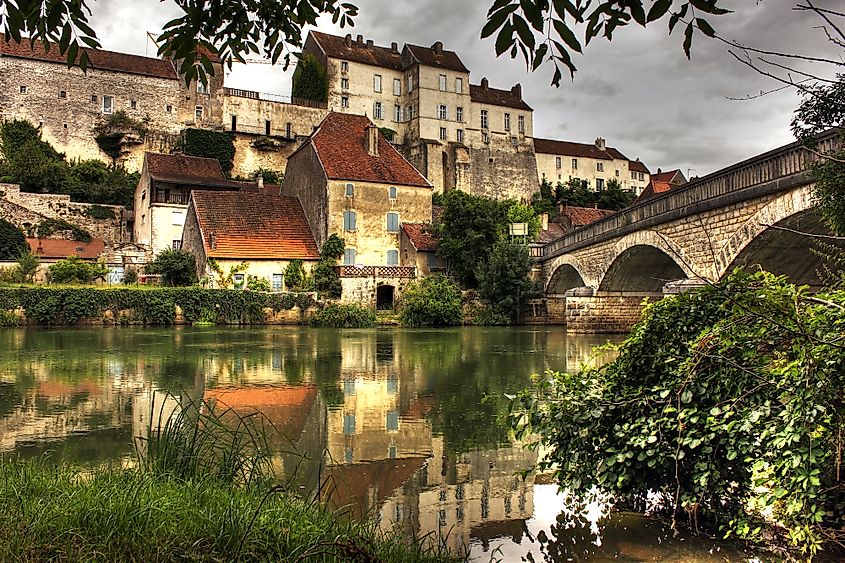
Approached via an avenue of 100-year-old plane trees, the picturesque Pesmes set on the Ognon river with its 17th-century castle reflected in the calm waters brims with historic tranquility. As a strategic spot between Gray on the River Saône and regional capital Dole, it was coveted in the middle ages by France, Germany, Burgundy, and Spain. Finally made French during Louis XIV's reign, the village bears witness to its rich past with winemakers' houses lining the stone streets, a ruined castle, and two medieval gateways. Pesmes also has the 13th-century Saint-Hilaire church boasting an impressive bell tower topped with a multi-colored tiled roof, and the 17th-century forge serving until 1993 turned into a museum. After all the sights, the Les Jardins Gourmands offers a riverside terrace for an authentic and budget-friendly four-course meal.
Riquewihr, Alsace
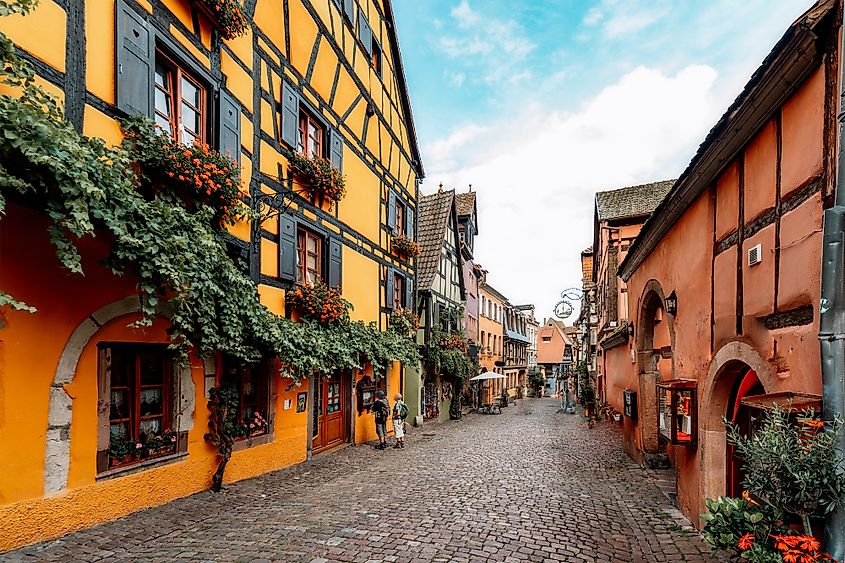
One of the most beautiful villages in Alsace, Riquewihr, is characterized by narrow streets with 16th-century typical colorful half-timbered Alsatian houses with carved window frames and balconies adorned by flowers. The surrounding vineyards make it one of the most important stops for its aromatic wines. There are fortifications from the XIII and XIV centuries, surrounded by walls in the medieval part of the town. One can see the works of the Alsatian illustrator and caricaturist, Jean-Jacques "Hansi" Waltz (1873–1951) at the museum of his art, along with the signs on some shops also made by his hand. The Musée du Dolder offers a lesson on the local history along with grand views from its 13th-century tower. The Thieves Tower museum contains dungeons and a torture chamber, while the Maison de Vigneron, with old winemaking equipment, is a perfect start to the Grands Crus wine trail on foot or by bike.
Roussillon, Cote d’Azur
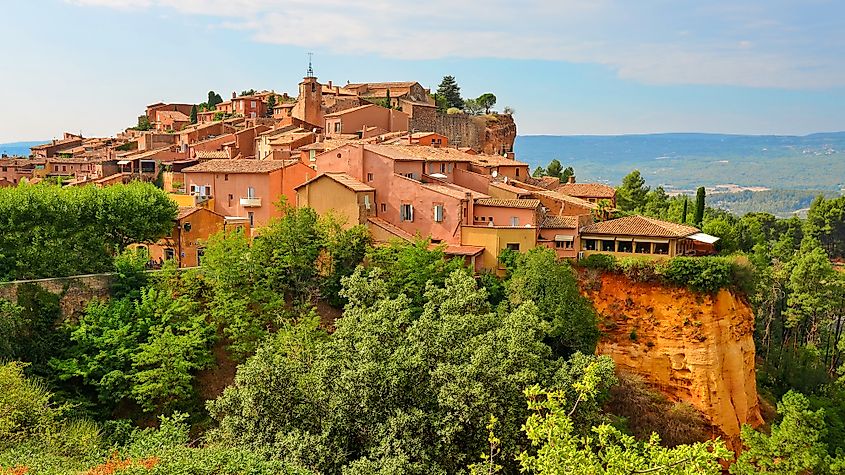
The impressive Roussillon is adorned by the famous red cliffs and ochre quarries, illuminating the village in shades of yellow, brown, and red against the clear blue of the Provencal sky. One can fully appreciate the emanating charm through an atmospheric hike or via a mountain bike from the surroundings. The town itself is defined through the arts and crafts, galleries, restaurants, and the reddish buildings that finely blend into the mineral nature around. There are many ongoing festivals throughout the summertime, while souvenir shopping can be substituted by picking up a colorful stone from the streets to bring home memories of the rouge dream.
Saint-Jean-de-Luz, Nouvelle-Aquitaine
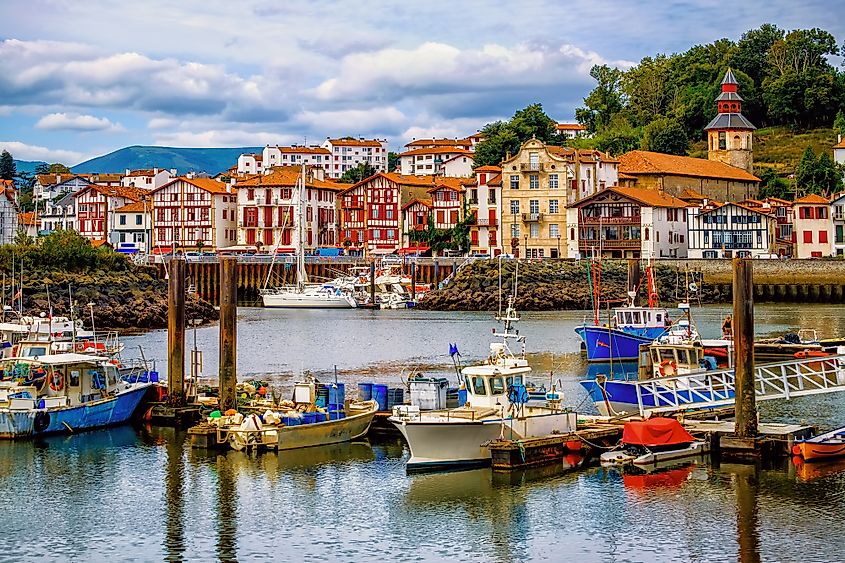
Founded around the fortress built by the king of Navarre on a hill above the Nive river in the 12th century, Saint-Jean has a colorful history as a thriving commercial center, a military stronghold, and a religious site. Set in the foothills of the Pyrenees, the village is a popular stop on the Camino de Santiago. For a day full of impressions, one can visit the gothic Nôtre-Dame du Bout du Pont, stroll the rue d'Espagne along the line of artisans' and traders' houses, and pause at Ttipia's for a lovely riverside meal. The town's marvelous ancient architecture also includes the 13th-century ramparts, the 14th-century prison-turned museum, and the 17th-century citadel. For more varied pastimes, there are golden beaches, along with excellent seafood restaurants, charming cafes, and a harbor full of colorful boats begging to take a picture with.
Seillans, Var
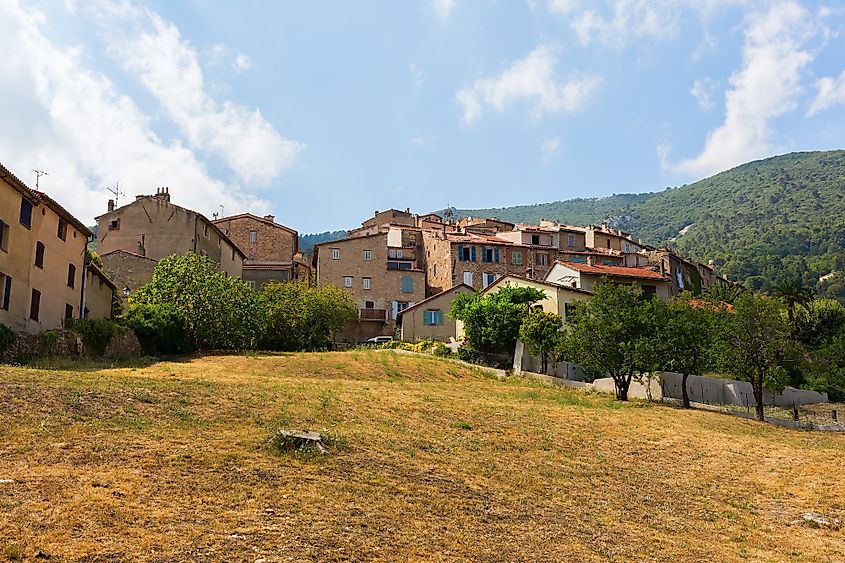
Seillans clings to a rocky bluff with an unspoiled hilltop maze of steep cobbled alleys, vaulted passageways, and tiny squares with fountains. The sloping cobbled alleys converge into the medieval castle and 11th-century church of Saint-Léger lording over, while the Génie de la Bastille statue by surrealist artist Max Ernst is set on a square at the entrance to the village. The peaceful backcountry hideaway inspired the photographer Robert Doisneau and surrealist Max Ernst, whose artworks can be seen at the 13th century Maison Waldberg by appointment. The 16th-century carved altarpiece of the chapel of Nôtre Dame de l'Ormeau is surrounded by pines, olive groves, and vineyards in the valley below.
Villefranche-sur-Mer, Provence-Alpes-Côte d'Azur
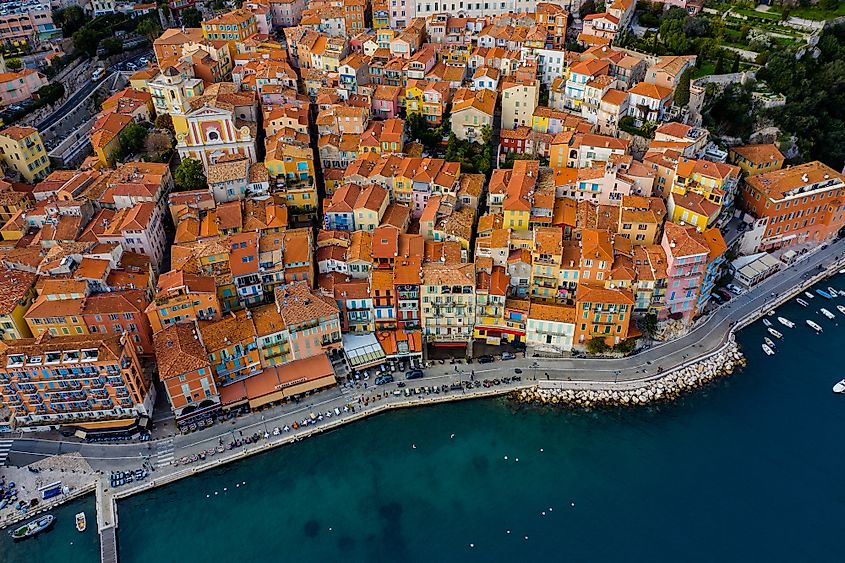
The last bend of the scenic coastal road, Cote d'Azur, reveals the aesthetic apricot- and lemon-colored houses of the Villefranche-sur-Mer village, adorned by the shimmering blue of the sea. The tranquility-bobbing wooden boats by the dock and the 16th-century stone Citadel's imposing trapezoid shape remind the historic sleepy fishing village in the past. The authentically-preserved backstreets include the dark and mysteriously medieval vaulted passageway, rue obscure, while the juxtaposing pink, 14th-century chapel was redecorated with mystical frescoes by Jean Cocteau. The La Darse port is a nautical hub with a lovely pebbly beach where one can enjoy diving, sailing, and rowing to the heart's content. Sipping coffee within the ocean's breeze in a quaint 14th-century set-up, Chapelle St-Pierre comprises a French dream.
These towns present true works of art, carved out by the hands of history, nature, and the locals, working together for a truly aesthetic experience. Over-filled with impressions and overwhelmed with emotions upon a visit, one will leave with memories lasting a lifetime.
